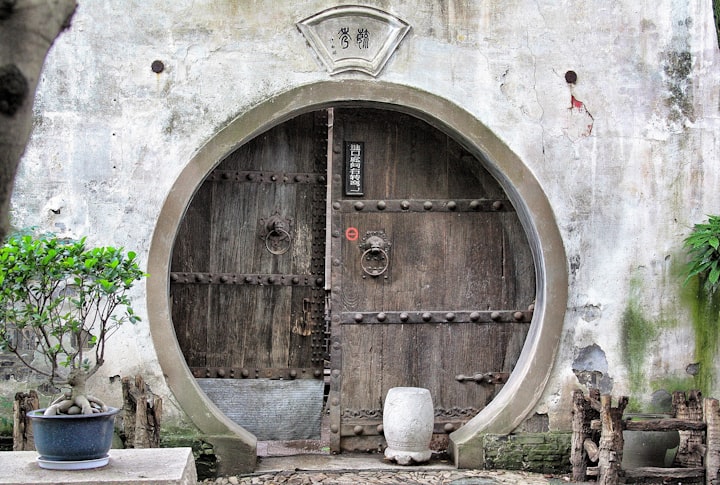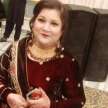Traditional vs Modern Age
Embracing Change in a Rapidly Evolving World

In today's rapidly evolving world, the clash between traditional values and modern advancements has become more apparent than ever. As societies transition from the traditional age to the modern age, there is a profound impact on various aspects of life, including lifestyle, education, communication, work, and entertainment. This article explores the key differences between the traditional and modern age, highlighting the challenges and opportunities that arise with this transition.
Understanding Traditional Age
The traditional age refers to an era when societies adhered to long-established customs, beliefs, and practices. It is characterized by a slower pace of life, strong community bonds, and a reliance on traditional systems. In the traditional age, people held steadfast to their cultural heritage and respected age-old traditions.
Embracing the Modern Age
Contrastingly, the modern age is defined by rapid technological advancements, globalization, and a shift towards individualism. In the modern age, societies have embraced the power of innovation and progress, embracing change and adapting to new ways of thinking and living. This age is marked by connectivity, efficiency, and the constant pursuit of growth and development.
Traditional vs. Modern Lifestyles
Lifestyle in the traditional age was centered around close-knit communities and shared responsibilities. People relied heavily on agriculture and manual labor for sustenance. Social interactions were primarily face-to-face, and the pace of life was generally slower. In contrast, modern lifestyles are characterized by urbanization, digitalization, and increased mobility. People have access to a wide range of conveniences and amenities, and social connections are often established through digital platforms.
Education and Learning
Traditional education systems focused on imparting knowledge through direct teacher-student interactions, rote learning, and a strong emphasis on memorization. Modern education systems, on the other hand, prioritize critical thinking, problem-solving, and the integration of technology into learning. Online education platforms and digital resources have revolutionized access to education, enabling lifelong learning opportunities.
Communication and Connectivity
In the traditional age, communication primarily relied on face-to-face interactions, letters, and landline telephones. Modern communication methods have drastically changed with the advent of smartphones, social media, and instant messaging. People can connect instantly with others across the globe, facilitating the exchange of ideas, information, and experiences.
Work and Employment
Traditional work environments were often centered around agriculture, craftsmanship, and small-scale industries. Jobs were primarily manual labor-oriented, and career opportunities were limited. In the modern age, technology has transformed the workplace, enabling remote work, flexible schedules, and the rise of digital industries. The gig economy has also gained prominence, providing individuals with more diverse employment opportunities.
Entertainment and Leisure
Traditional entertainment options encompassed storytelling, folk dances, and local festivals. In the modern age, entertainment has become highly accessible through television, streaming services, and online content platforms. Virtual reality, video games, and social media have further revolutionized the way people engage in leisure activities.
Cultural Shifts and Values
Traditional cultural values placed a strong emphasis on community, family, and religious beliefs. These values often shaped societal norms and expectations. In the modern age, cultural values have become more diverse, with an emphasis on individuality, self-expression, and personal fulfillment. While traditional values are still respected, there is an increasing acceptance of diverse perspectives and lifestyles.
Challenges and Opportunities
Transitioning from the traditional age to the modern age presents both challenges and opportunities. Societies may face resistance to change, loss of cultural heritage, and a widening generation gap. However, the modern age also brings immense opportunities for innovation, economic growth, global connections, and individual empowerment. It is crucial for societies to find a balance that respects tradition while embracing the benefits of the modern age.
Conclusion
As the world rapidly evolves, the clash between traditional and modern age becomes increasingly apparent. The transition from long-established customs to innovative advancements presents challenges, but also opportunities for growth and development. By understanding and embracing the changes of the modern age while respecting traditional values, societies can navigate this transition successfully and build a future that harmoniously blends the best of both worlds.
About the Creator
salma fawad
salma fawad is a content creator, proof reader and an online instructor with a passion for writing, teaching and freelancing. With 7 years of experience in freelancing , Salma Fawad has gained a wealth of knowledge and expertise.






Comments
There are no comments for this story
Be the first to respond and start the conversation.